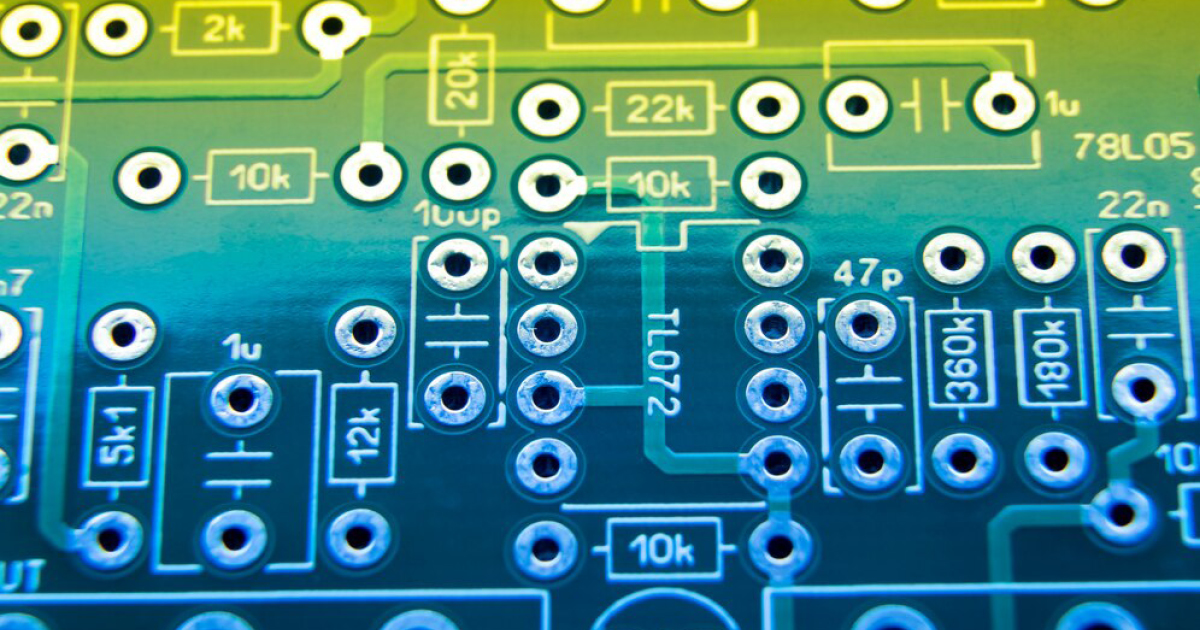Signal Acquisition and Processing for Measurement and Testing
A special issue of Applied Sciences (ISSN 2076-3417). This special issue belongs to the section "Electrical, Electronics and Communications Engineering".
Deadline for manuscript submissions: closed (30 September 2024) | Viewed by 15459

Special Issue Editors
Interests: signal acquisition and transformation; statistical signal processing; embedded system design
Interests: integrated circuits; testing technology; testing equipments
Special Issues, Collections and Topics in MDPI journals
Interests: weak signal detection; machine learning; nondestructive testing
Special Issues, Collections and Topics in MDPI journals
Special Issue Information
Dear Colleagues,
This Special Issue is devoted to the application of signal acquisition and processing in measurement and testing fields. The signal acquisition technique aims to acquire the analog signal, and it is governed by the Shannon sampling theorem. However, the rate of signal is usually high, and it brings a great challenge to the signal acquisition techniques. Therefore, the alternative signal acquisition techniques, such as sub-Nyquist sampling, compressive sampling etc., would be potential solutions to acquire the high speed signal. In this Special Issue, we will focus on the signal sampling methods and the corresponding processing techniques. The scope of submitted papers may encompass: (1) sampling models with mathematical explanations, particularly welcome will be models that could be implemented in circuitry. (2) signal reconstruction, representation and estimation; (3) design, circuitry implementation.
Prof. Dr. Yijiu Zhao
Dr. Yindong Xiao
Prof. Dr. Mingjiang Shi
Guest Editors
Manuscript Submission Information
Manuscripts should be submitted online at www.mdpi.com by registering and logging in to this website. Once you are registered, click here to go to the submission form. Manuscripts can be submitted until the deadline. All submissions that pass pre-check are peer-reviewed. Accepted papers will be published continuously in the journal (as soon as accepted) and will be listed together on the special issue website. Research articles, review articles as well as short communications are invited. For planned papers, a title and short abstract (about 250 words) can be sent to the Editorial Office for assessment.
Submitted manuscripts should not have been published previously, nor be under consideration for publication elsewhere (except conference proceedings papers). All manuscripts are thoroughly refereed through a single-blind peer-review process. A guide for authors and other relevant information for submission of manuscripts is available on the Instructions for Authors page. Applied Sciences is an international peer-reviewed open access semimonthly journal published by MDPI.
Please visit the Instructions for Authors page before submitting a manuscript. The Article Processing Charge (APC) for publication in this open access journal is 2400 CHF (Swiss Francs). Submitted papers should be well formatted and use good English. Authors may use MDPI's English editing service prior to publication or during author revisions.
Keywords
- sampling methods
- sub-Nyquist sampling
- signal reconstruction
- wideband signal acquisition
- waveform synthesis techniques
- compressive sampling
- spectral estimation
- spectrum sensing
Benefits of Publishing in a Special Issue
- Ease of navigation: Grouping papers by topic helps scholars navigate broad scope journals more efficiently.
- Greater discoverability: Special Issues support the reach and impact of scientific research. Articles in Special Issues are more discoverable and cited more frequently.
- Expansion of research network: Special Issues facilitate connections among authors, fostering scientific collaborations.
- External promotion: Articles in Special Issues are often promoted through the journal's social media, increasing their visibility.
- Reprint: MDPI Books provides the opportunity to republish successful Special Issues in book format, both online and in print.
Further information on MDPI's Special Issue policies can be found here.







